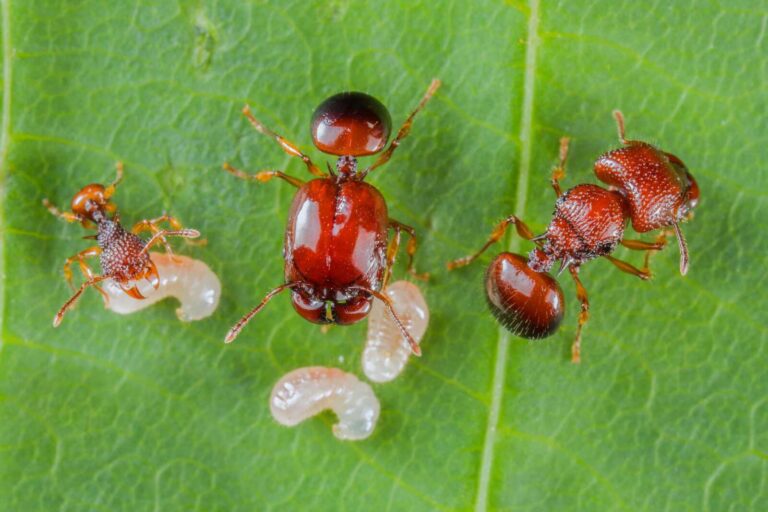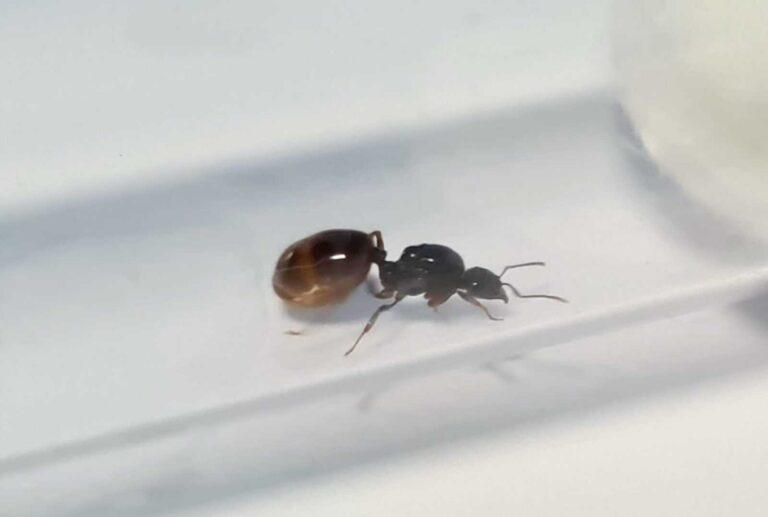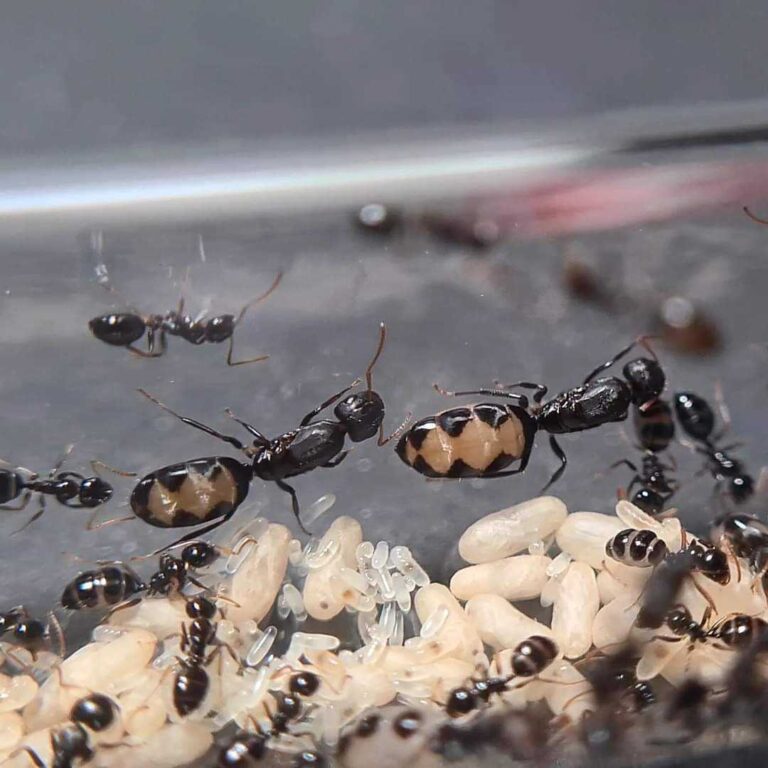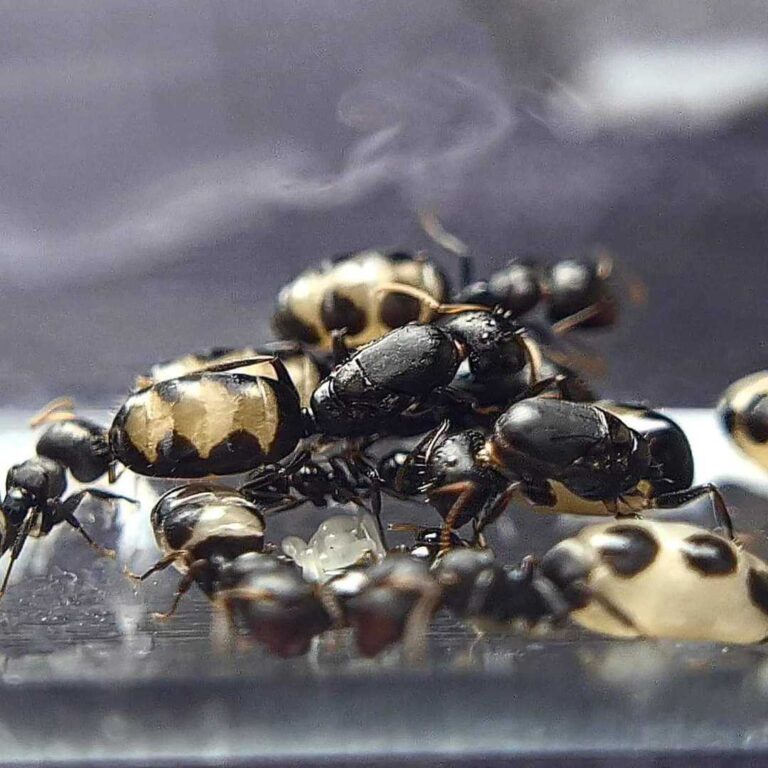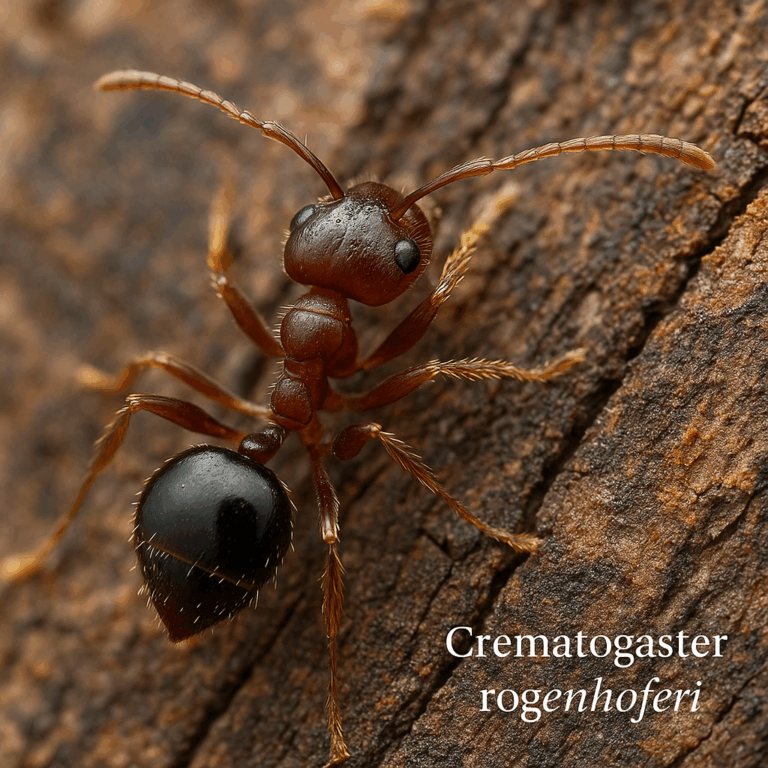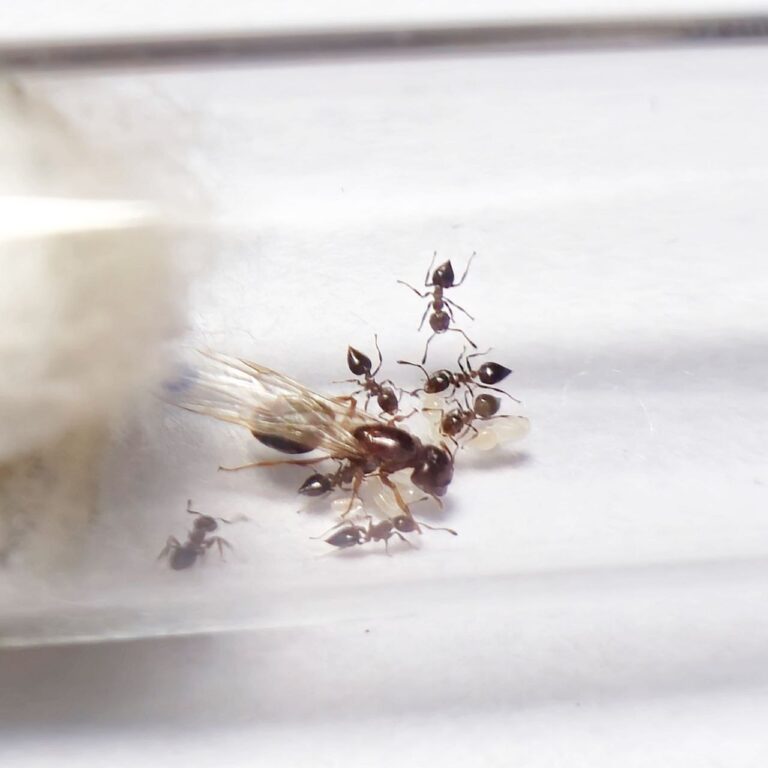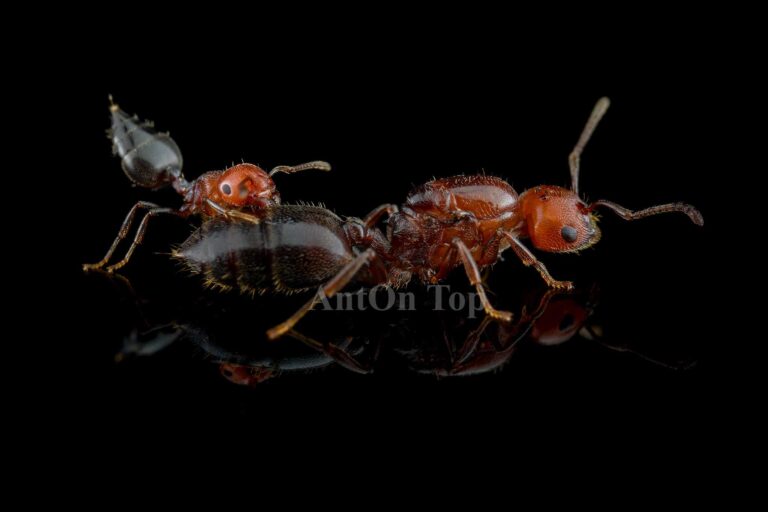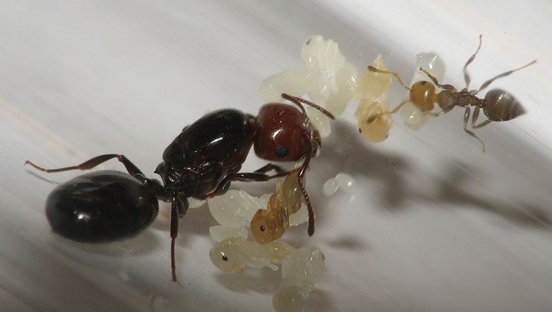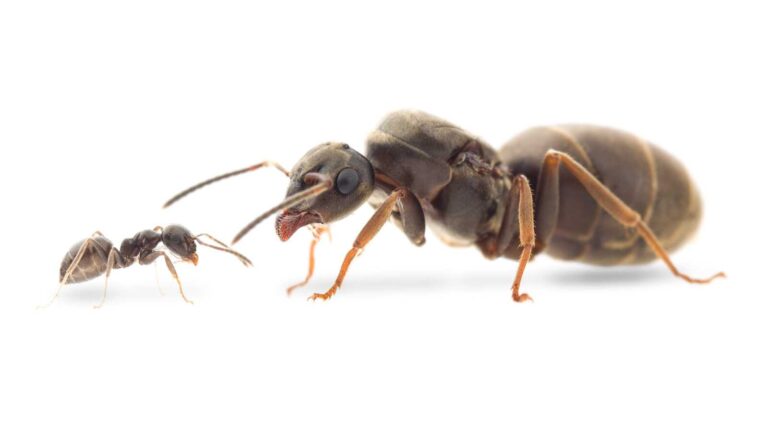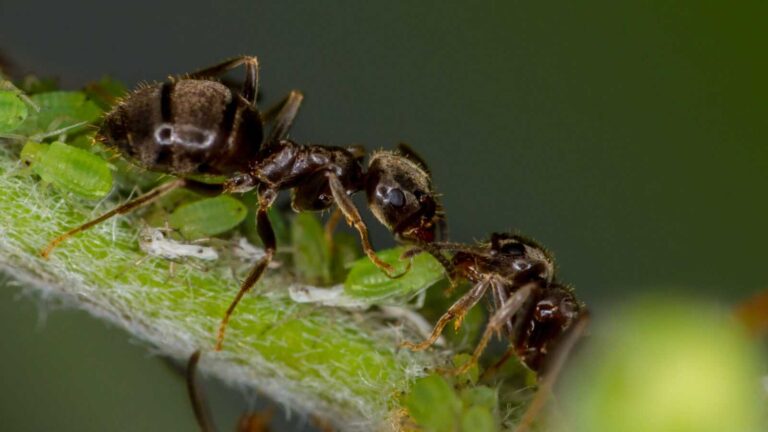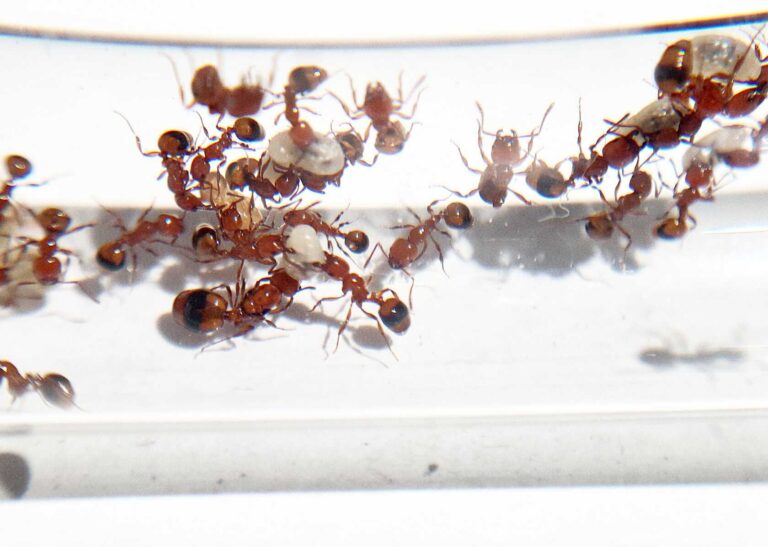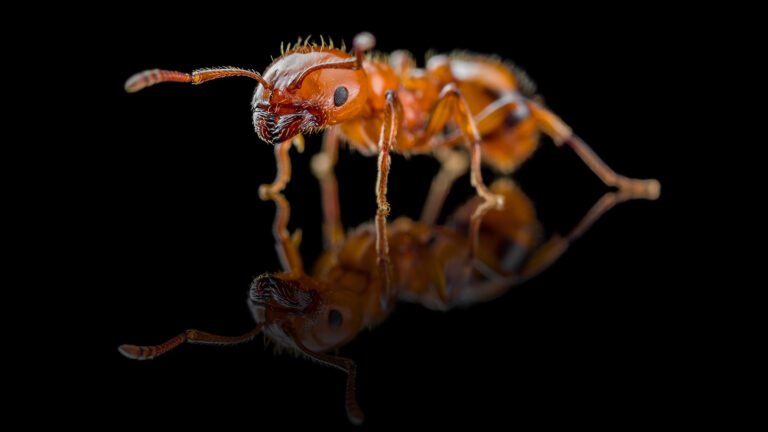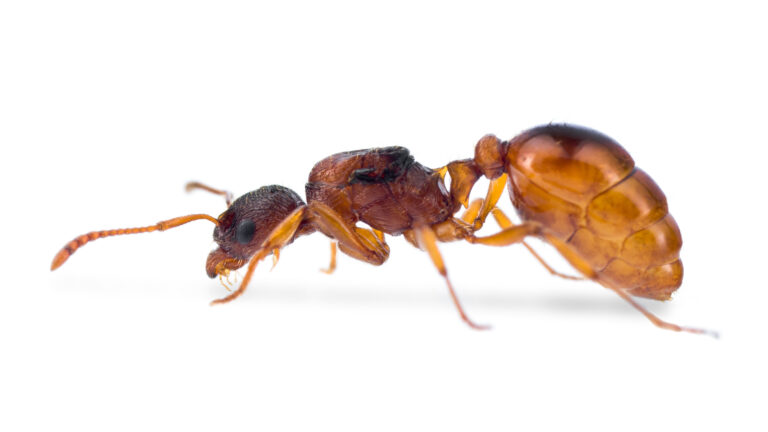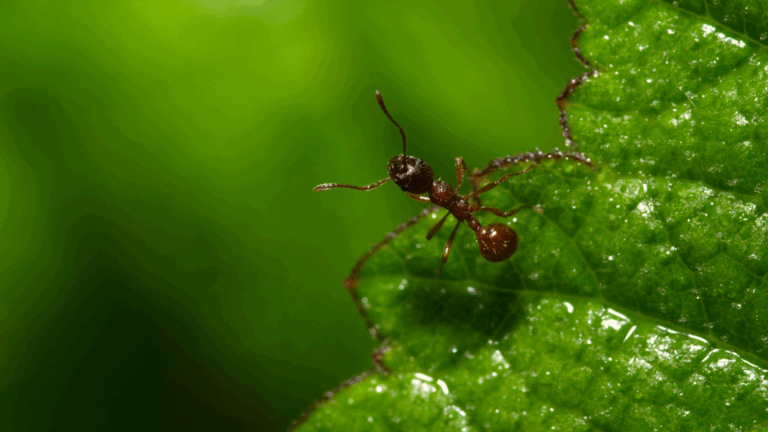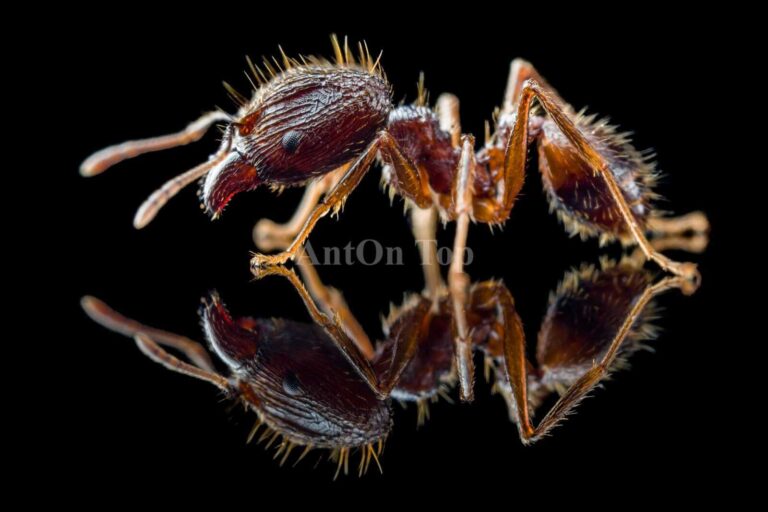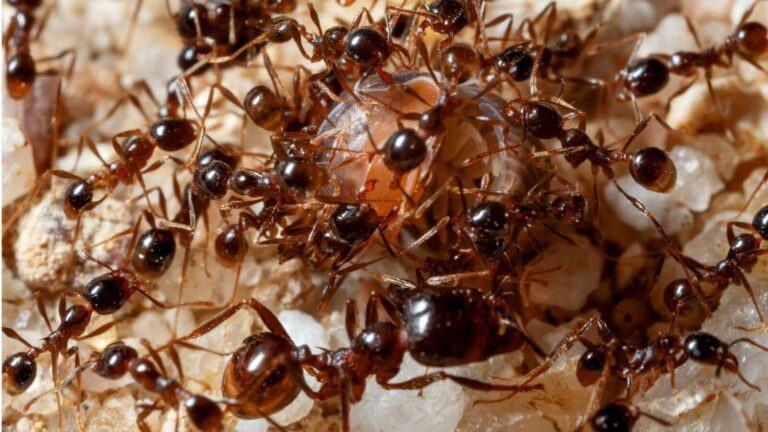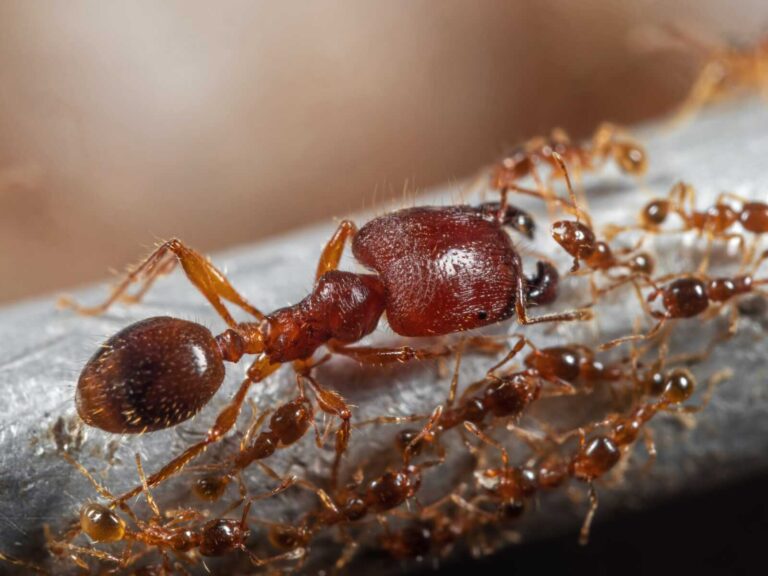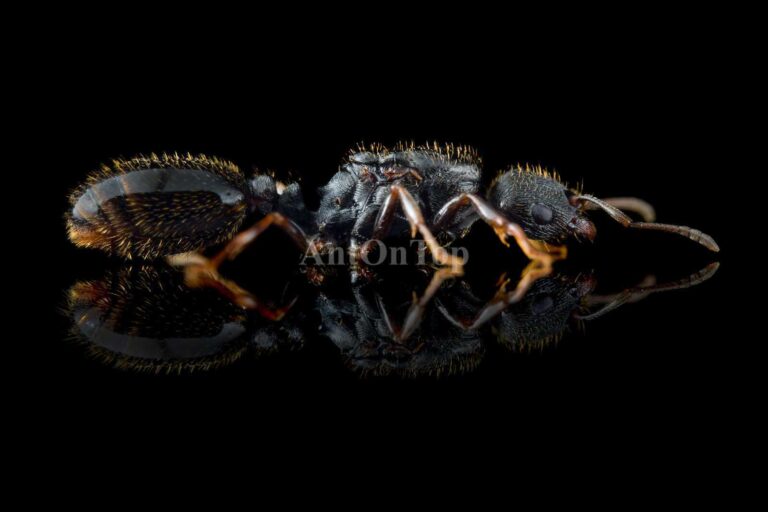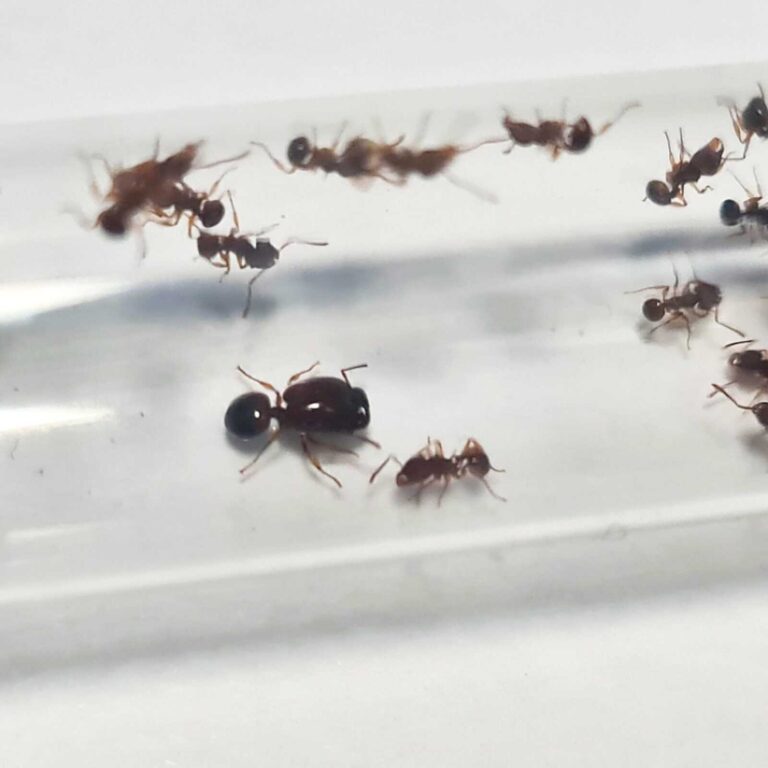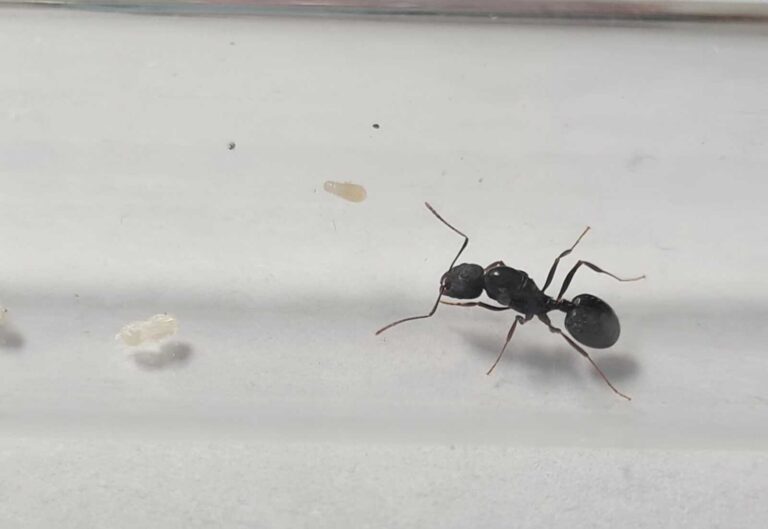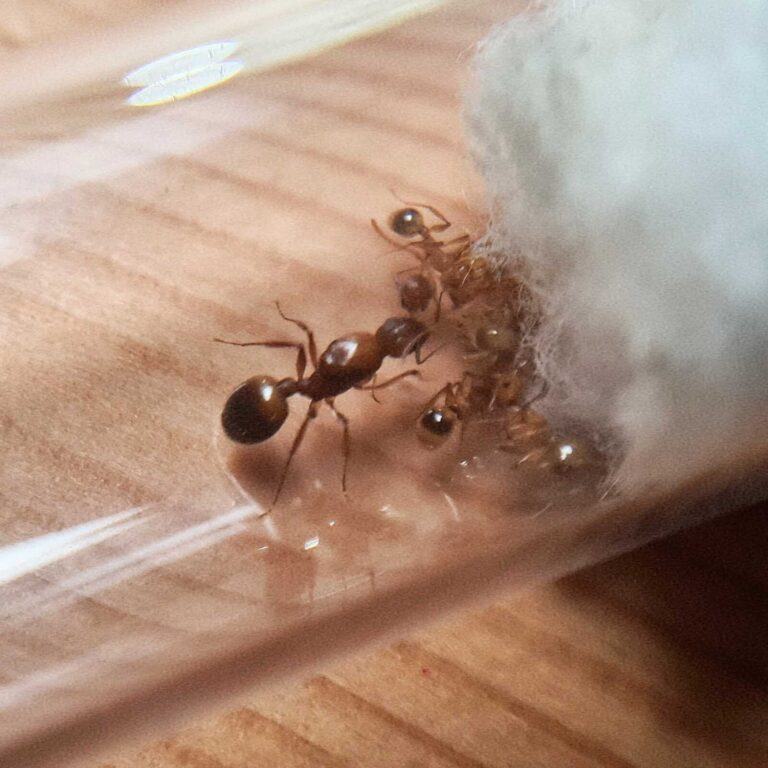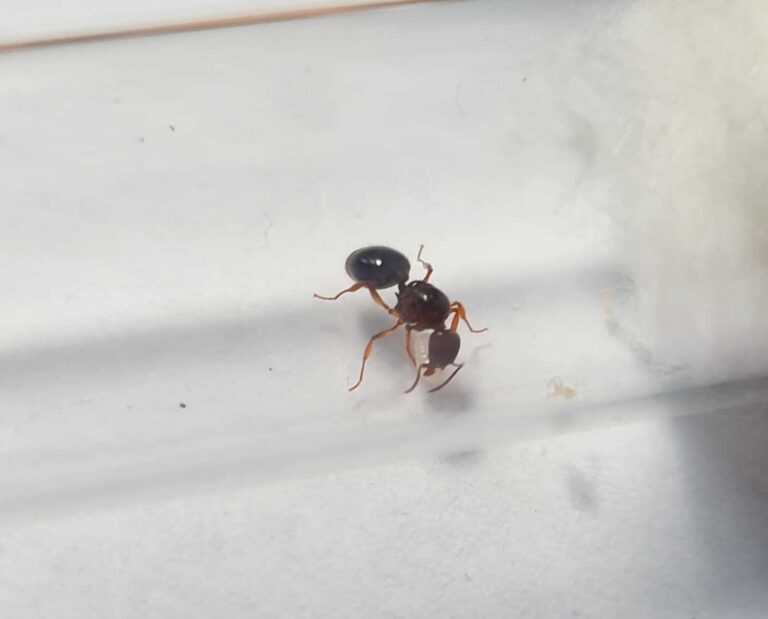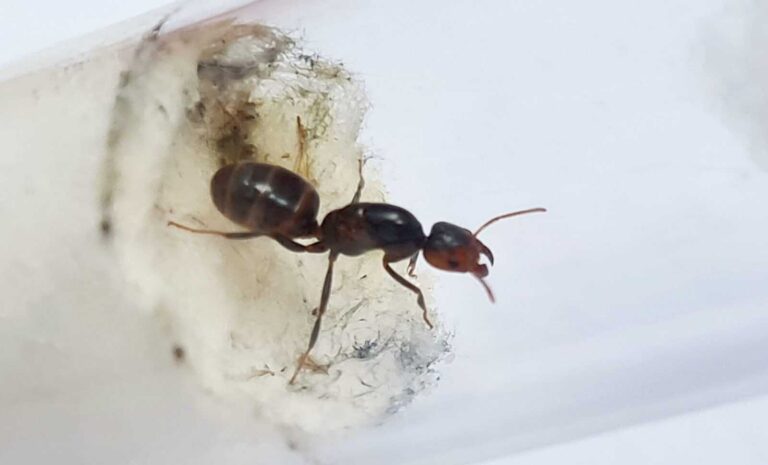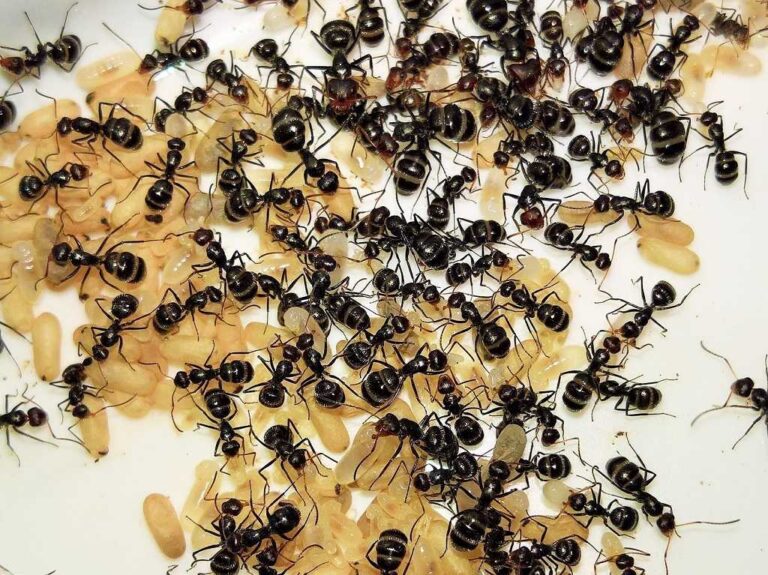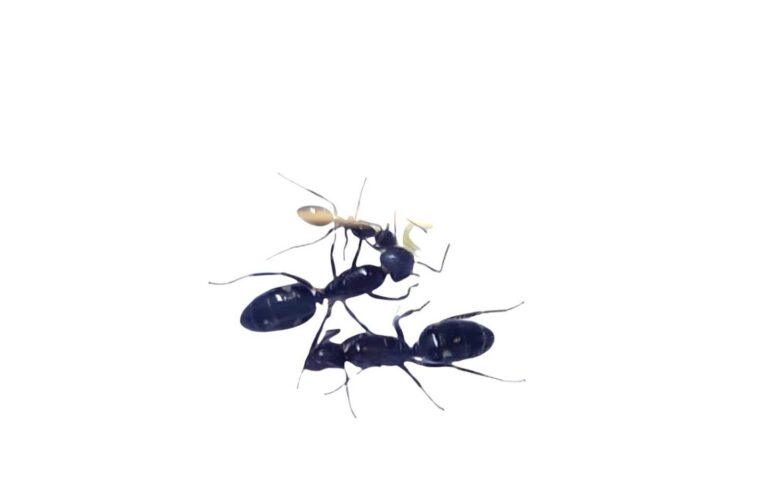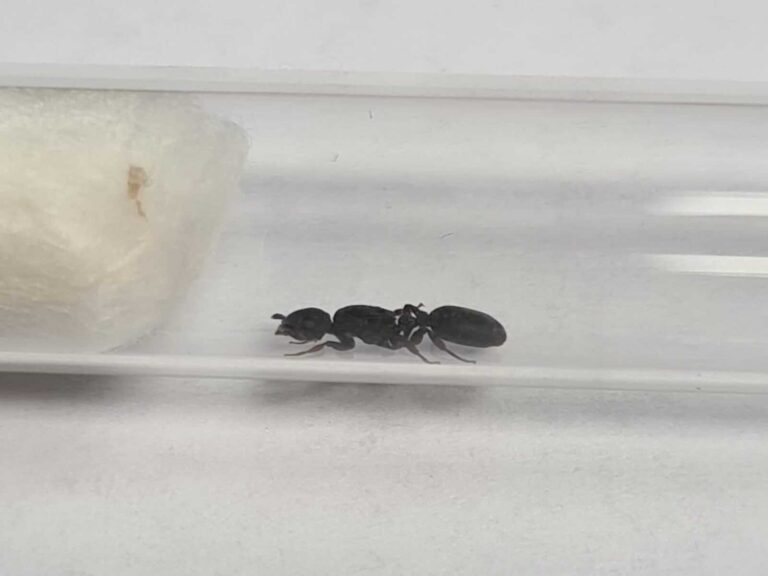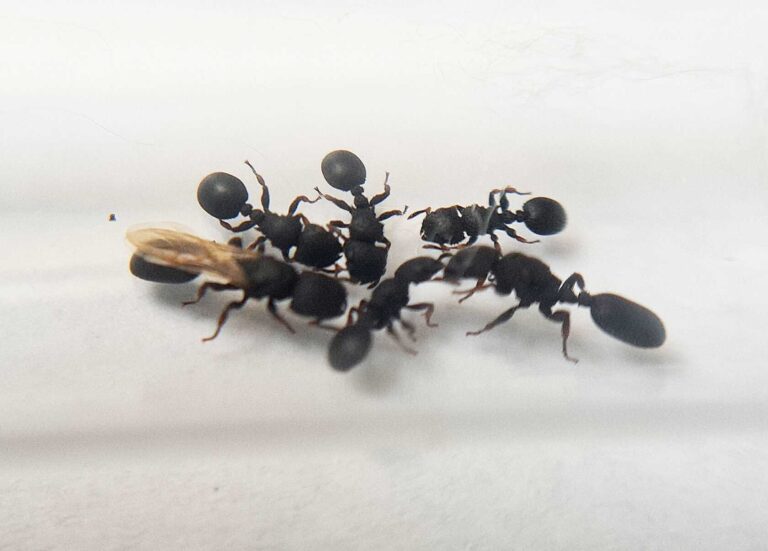Showing 1–20 of 62 results
Product categories
Stock status
Filter by price
Behavior
Defficulty
Number of workers
- Queen 61
- Queen and 1-50 workers 2
- Queen and 1-3 workers 60
- Queen and 4-10 workers 60
- Queen and 11-20 workers 60
- Queen and 21-40 workers 60
- Queen and 41-60 workers 59
- Queen and 61-100 workers 45
- Queen and 51-100 workers 2
- Queen and 101-200 workers 14
- Queen and 201-500 workers 4
- Queen and 501-1000 workers 1
- 2 Queens 9
- 2 Queens and 1-50 workers 1
- 2 Queens and 1-3 workers 8
- 2 Queens and 4-10 workers 8
- 2 Queens and 11-20 workers 8
- 2 Queen and 21-40 workers 8
- 2 Queens and 41-60 workers 8
- 2 Queens and 61-100 workers 5
- 2 Queens and 101-200 workers 6
- 2 Queens and 51-100 workers 1
- 2 Queens and 201-500 workers 2
- 3 Queens 5
- 3 Queens and 1-50 workers 1
- 3 Queens and 1-3 workers 5
- 3 Queens and 4-10 workers 5
- 3 Queens and 11-20 workers 5
- 3 Queens and 21-40 workers 5
- 3 Queens and 41-60 workers 5
- 3 Queens and 61-100 workers 4
- 3 Queens and 51-100 workers 1
- 3 Queens and 101-200 workers 3
- 3 Queens and 201-500 workers 2
Origin
Filter by size
MicroMicro 13
MediumMedium 159
LargeLarge 73
HugeHuge 14
Wintering
Acanthomyrmex thailandensis
299,90 zł – 999,90 złPrice range: 299,90 zł through 999,90 złAcanthomyrmex thailandensis is a species of ant that is polygynous and has colonies of up to 1000 workers. The development rate is medium and the ants vary in size, with the queens measuring 4-6 mm, workers measuring 3-4 mm, and majors measuring 5-8 mm. They are brown-red in color and their nutrition includes food insects, syrup, fruit, vegetables, jelly, and cooked chicken.
Aphaenogaster dulcineae
59,90 zł – 149,90 złPrice range: 59,90 zł through 149,90 złAphaenogaster dulcineae is a monogynous ant species with several thousand workers. They have a medium development speed and their queen measures 6-9 mm while the workers range from 3-5.5 mm. They have a brown top and yellow bottom coloration. Their nutrition includes food insects, syrup, fruits, vegetables, jelly, and cooked chicken without bones.
Camponotus bellus
529,90 zł – 829,90 złPrice range: 529,90 zł through 829,90 złThe Camponotus bellus ant is a polygynous species with colony sizes of up to 10,000 workers. They have a medium development rate and come in varying sizes: queens are 5-8mm, workers are 3-5mm, and majors are 4-7mm. They are black with a yellow picture on their abdomen and their diet consists of food insects, syrup, fruits, vegetables, jelly, and cooked food.
Crematogaster rogenhoferi
99,90 zł – 199,90 złPrice range: 99,90 zł through 199,90 złCrematogaster rogenhoferi is a monogynous ant species with dynamic and rapidly expanding colonies that can reach sizes of up to 15,000–20,000 workers under optimal conditions. This species is known for its fast brood development and high activity levels within the nest and foraging areas.
Crematogaster scutellaris
95,90 zł – 239,90 złPrice range: 95,90 zł through 239,90 złCrematogaster scutellaris is a fast-developing ant species with monogynous colonies of up to 20,000 workers. The queen measures 8-9mm while workers are 4-5mm in size. They have an orange or brown-orange head and a black body. These ants are nourished by insect food, syrup, fruit, vegetables, jelly, and cooked chicken without bones.
Lasius niger
19,90 zł – 209,90 złPrice range: 19,90 zł through 209,90 złLasius niger is a type of ant known for its colony type, size, development rate, size, coloration, nutrition requirements, humidity and temperature preferences, and recommended nests for breeding.
Monomorium latastei
429,90 zł – 1349,90 złPrice range: 429,90 zł through 1349,90 złMonomorium latastei is a fast-developing ant species that forms polygynous colonies of around 100,000 individuals. The ants are small in size, with queens measuring 6-8 mm and workers ranging from 4.5-5 mm. They have an orange color with a black stripe on the abdomen. Their diet consists of food insects, fruits, vegetables, and syrup. These ants thrive in an arena with a humidity level of 30-50%.
Myrmica rubra
49,90 zł – 189,90 złPrice range: 49,90 zł through 189,90 złMyrmica rubra is an aggressive, fast-moving species perfect for experienced antkeepers. Its high colony growth, polygyne structure, and active foraging behavior make it exciting to observe. Best suited for those prepared for regular maintenance and who enjoy a more challenging species with real fire-ant personality.
Pheidole nodus
139,90 zł – 439,90 złPrice range: 139,90 zł through 439,90 złThe Pheidole nodus ant colony is polygynous and can have up to 10,000 workers. They develop quickly and have a queen size of 7-9 mm, worker size of 3-4.5 mm, and majors size of 4-7 mm. They are dark brown with a reddish shade in the light. They are fed food insects, syrup, and fruits.
Pheidole yeensis
159,90 zł – 529,90 złPrice range: 159,90 zł through 529,90 złPheidole yeensis is a polygynous ant colony with a fast development speed and a colony size of up to 20,000 workers. The queen is 7-9 mm in size, while workers range between 3-4.5 mm and majors can be 4-7.5 mm. The ants have a chestnut color with varying intensity. They are fed a diet consisting of insect food, syrup, fruit, vegetables, jelly, and cooked chicken.
Tetramorium caespitum
29,90 zł – 179,90 złPrice range: 29,90 zł through 179,90 złTetramorium caespitum, or pavement ants, can be kept as pets by providing a suitable nest. These ants prefer nests with multiple chambers and a substrate that retains moisture well, such as sand or soil. Maintaining proper humidity levels is important for the well-being of the colony.
Acanthomyrmex mizunoi
289,90 zł – 449,90 złPrice range: 289,90 zł through 449,90 złAcanthomyrmex mizunoi is a polygynous ant species with colonies that can contain up to 1000 workers. The development rate of this species is medium. The ants vary in size, with the queen measuring 4-6 mm, workers 3-4 mm, and majors 5-8 mm. They have a brown-red coloration. Their diet consists of food insects, syrup, fruits, vegetables, jelly, and cooked chicken without salt.
Aphaenogaster gibbosa
89,90 zł – 199,90 złPrice range: 89,90 zł through 199,90 złAphaenogaster gibbosa is a monogynous ant species with a colony size of about 1000 workers. The development rate is medium. The queen measures 7-8 mm in size, while the workers are 3-4 mm. They have a brown color with yellowish legs. Their nutrition includes food insects, syrup, fruits, vegetables, jelly, and cooked chicken without salt.
Aphaenogaster splendida
129,50 zł – 279,90 złPrice range: 129,50 zł through 279,90 złAphaenogaster splendida is a monogynous ant species with several thousand workers. They have a medium development speed and are sized at 6-8mm for queens and 3-4mm for workers. They are yellow-orange in color and their nutrition includes food insects, syrup, fruit, vegetables, jelly, and cooked chicken without salt.
Aphaenogaster subterranea
99,90 zł – 249,90 złPrice range: 99,90 zł through 249,90 złAphaenogaster subterranea is a species of ant with monogynous colonies of up to 1000 workers. They have a medium development rate and vary in size, with Queens measuring 7-8mm and workers measuring 3-4mm. They are brown in color and their nutrition consists of food insects, syrup, fruits, vegetables, jelly, and cooked chicken without salt.
Azteca delpini antillana
459,90 zł – 799,90 złPrice range: 459,90 zł through 799,90 złAzteca delpini antillana – The very name of the ant is associated with the ancient population of South America. And it is called the Aztecs or similar Mayas.
Colony type: Monogyny, Colony size: several thousand individuals, Development speed: fast
Camponotus brevis
289,90 zł – 429,90 złPrice range: 289,90 zł through 429,90 złCamponotus brevis is a monogynous ant species with a colony size of up to 2000 workers. They have a fast development speed and come in sizes ranging from 3.5 to 8.5mm. They are black-brown in color and their nutrition includes insect food, syrup, fruit, vegetables, jelly, and cooked chicken without salt.
Camponotus sexguttatus
199,90 zł – 449,90 złPrice range: 199,90 zł through 449,90 złThe Camponotus sexguttatus ant colony is polygynous and can have up to 10,000 workers. They have a medium development rate. The queen is 5-7mm in size, while workers are 4-5.5mm and majors are 4-6mm. They are glossy black with black stains on their abdomen. Their nutrition consists of food insects, syrup, fruit, vegetables, and jel.
Cataulacus granulatus
299,90 zł – 479,90 złPrice range: 299,90 zł through 479,90 złCataulacus granulatus is a polygynous ant species with a fast development speed. The colony size is approximately 1000 individuals. The queen measures 7-9 mm in size, while the workers measure 5-6 mm. They are black in color. Their nutrition consists of food insects, syrup, fruit, vegetables, jelly, and cooked chicken without salt. The required humidity level is not specified.
Cataulacus horridus
289,99 zł – 469,90 złPrice range: 289,99 zł through 469,90 złThe captivating ant species, Cataulacus horridus, is loved by ant-keepers for its unique characteristics and interesting behaviors. With the ability to thrive in polygynous colonies, this species amazes enthusiasts with its harmonious coexistence of multiple queens. Discover the allure of Cataulacus horridus and its intriguing social structure.


